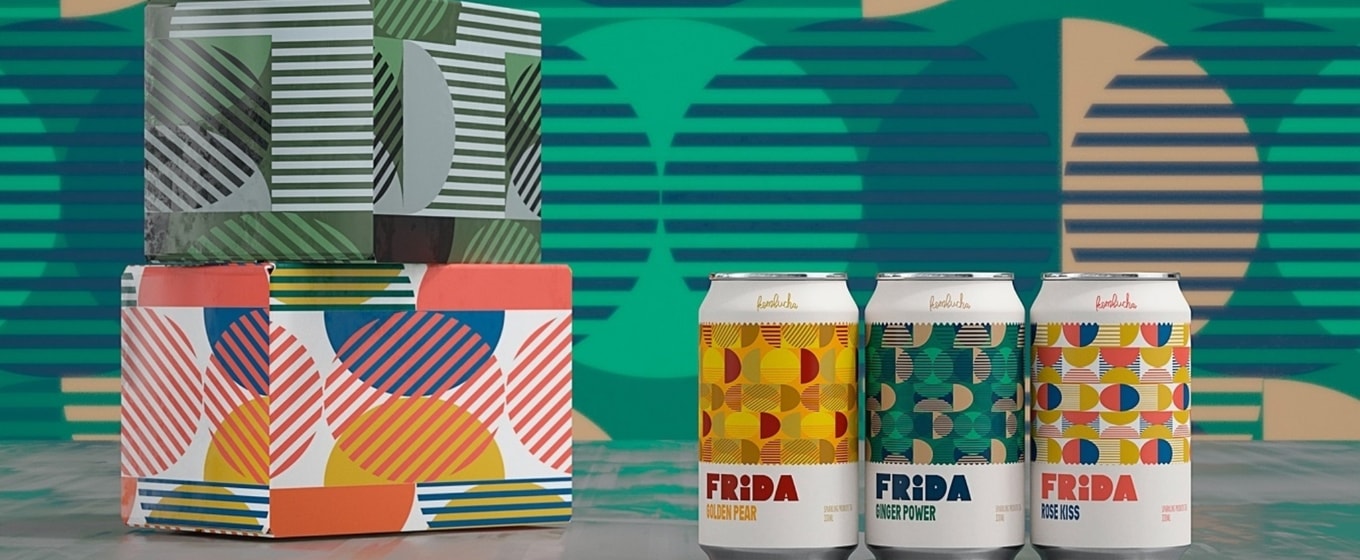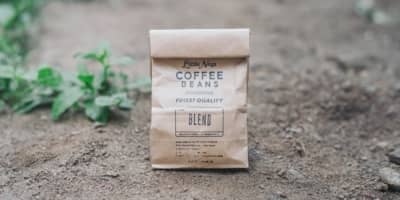According to a survey by EY, improving efficiency in the supply chain is a top priority among businesses to counter the negative impact of Covid-19. The disruption to supply chains caused by the pandemic has magnified shortcomings that have existed for years. The solution is to create a more resilient, collaborative, and networked operation. However, this doesn’t mean simply cutting processes in the name of speed and cost savings.
Improving supply chain efficiency means finding partners who are experts in their field and can work collaboratively with you to achieve ambitions, hit targets, and reduce bottlenecks.
Packaging design and development, in particular, is an area where small businesses have much to gain. Quality packaging can enhance the efficiency of business processes and increase your overall customer satisfaction by helping to reduce returns and damages during product storage and transit.
So, what qualities should you look for in a packaging partner, and how can you brief them to get maximum ROI?
Identify industry expertise
Outsourcing your packaging design to a team of professionals will boost efficiency and your bottom line, but only if you partner with the right team. There are several things to look for in a design partner:
- Their experience working in the market you operate in
- A proven understanding of regulations, safety, and compliance standards
- The unique challenges facing your industry
If you’re approaching a packaging agency for the first time, ask to see case studies from their previous clients in relevant sectors. These will help you find out more about projects the agency has worked on and the results.
Another important consideration is how the agency is working to increase the sustainability of their packaging and their knowledge of “green” packaging materials and technologies. This will help future-proof your packaging designs and enable you to ride the wave of conscious consumerism, rather than being left behind.
Go “full service”
You can improve efficiency across your packaging design, development, and manufacturing processes by reducing the number of stakeholders involved in the process.
Opting for a partner that offers a “full service” solution (where they manage the project from conception to production) can save time and money, avoid broken communication, and ensure the highest-quality end product. It also gives you greater control and clarity regarding the true cost of the project.
Risk management
Risk management isn’t simply about protecting your product or meeting regulations. It's equally important to protect budgets and internal resources, and avoid wasted materials.
Check that an agency has access to and knowledge of the latest packaging design and development technologies such as 3D visualisation and 3D printing to develop prototype moulds before cutting steel moulds. These technologies and processes are crucial for ensuring your packaging is fit-for-purpose before the pilot or commercial stages. Testing the waters to confirm suitability ahead of production will speed up the R&D and manufacturing processes and prevent costly errors.
Trial runs also present an opportunity to work closely with the technologists and engineers to develop a final concept that suits your business needs and your customers.
Creating a packaging design brief
Before you approach an agency, it's vital to understand what your new packaging concept needs to provide from a business perspective in order to keep your project on time and within budget.
You can gain a greater understanding of what you want by:
- Reviewing what your competitors are doing
- Establishing what ROI looks like for you
- Understanding your business' main obstacles or challenges relating to packaging
This clear vision will help you formulate a purposeful brief that an agency partner can help turn into a reality.
Effectively communicating your brand is crucial to the designers and technologists capturing this in the designs they deliver. Make sure they understand:
- Your key USPs
- Your brand values
- How you want to be perceived in the marketplace
The same is true of your target audience. Any packaging brief must outline the intended end-user and your key demographics. Think about the age of your buyers, their gender, their location and perhaps even their income scale. The more information you have, the better your design brief will be.
Next, you need to consider your competition and where your brand fits in. Provide visual and even physical examples of what your competitors' packaging looks like and have a few ideas of how you can be different while attracting a similar audience.
Finally, it can be helpful to show examples of your brand's previous packaging designs, communicate what you do and don't like about them, and provide a brand guidelines document with details of your brand's typeface, colour palette, and logo.
A good partner will take the time to get to know your company and understand your business processes and objectives. This will allow them to identify, test, and implement the best possible solution for your specific requirements and supply chain demands.
Don’t be put off by the time investment required at the start of working with a new agency. This close collaboration during the early stages will pay off when you’re delivered an end product that meets your brief and that you’re excited to introduce to customers.
About the Author
As Global Head of Marketing at DiD, Rich Quelch is an experienced global marketer, helping to position The Origin Group’s brands as world leaders in innovative and safe packaging devices, as well as offering a unique supply chain model which is disrupting the pharma industry.







These cookies are set by a range of social media services that we have added to the site to enable you to share our content with your friends and networks. They are capable of tracking your browser across other sites and building up a profile of your interests. This may impact the content and messages you see on other websites you visit.
If you do not allow these cookies you may not be able to use or see these sharing tools.